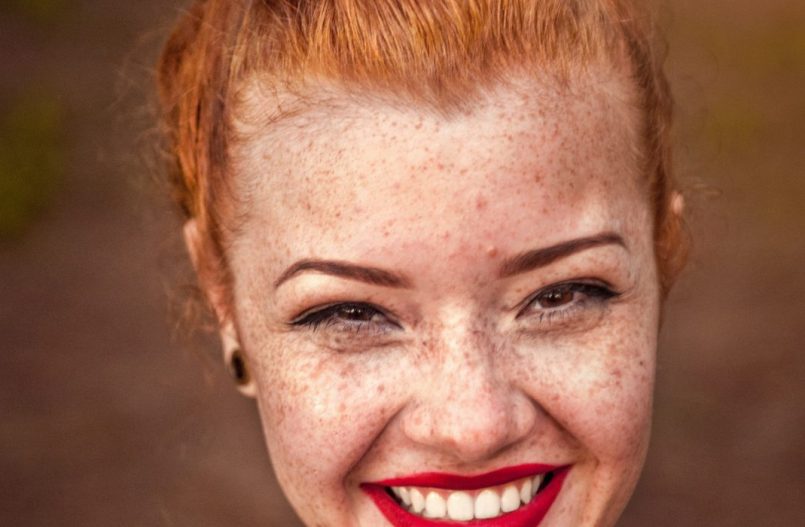Clinical, Cosmetic and Investigational Dermatology 2014:7 275–283
Adele Sparavigna, Beatrice Tenconi, Ileana De Ponti
Background: Rosacea is a common, incurable skin barrier disorder characterized by relapses and remissions.
Purpose: To evaluate the efficacy of Farmaka Rosacea Cream (FRC), a novel topical formulation for rosacea.
Methods: This single‑center, open‑label pilot study comprised a single‑dose substudy in 20 healthy subjects and a long‑term, repeat‑dose substudy in 22 subjects with rosacea. The 2‑hour, controlled, single‑dose substudy assessed the soothing and reepithelialization properties of FRC after stripping-induced erythema based on the erythema index, transepidermal water loss, skin hydration, and clinical assessments of erythema. In the long‑term substudy, subjects applied FRC twice daily for 8 weeks. Clinical assessments included vascular and pigmentary homogeneity and erythema and hemoglobin indices. Subjects completed questionnaires to assess FRC efficacy and cosmetic acceptability.
Results: Greater reductions were seen in FRC‑treated areas compared with untreated areas for the erythema index (-16% versus -8%; P,0.001) and mean transepidermal water loss (-35.8% versus -10.1%; P,0.001) 30 minutes after stripping. Significant improvements over untreated areas were maintained 2 hours after stripping. Skin hydration and clinical erythema assessments also indicated that FRC soothed rosacea symptoms and promoted skin reepithelialization. Erythema and hemoglobin indices were significantly reduced from baseline after 4 and 8 weeks of treatment. Clinically assessed parameters were significantly improved following FRC application. Subjects assessed FRC positively.
Conclusion: Improvement of rosacea symptoms was noted with FRC application. The main film‑forming ingredients of FRC (trehalose, cholesterol, ceramide, and fatty acids), combined with other soothing and calming ingredients and ultraviolet filters, could explain its efficacy.

